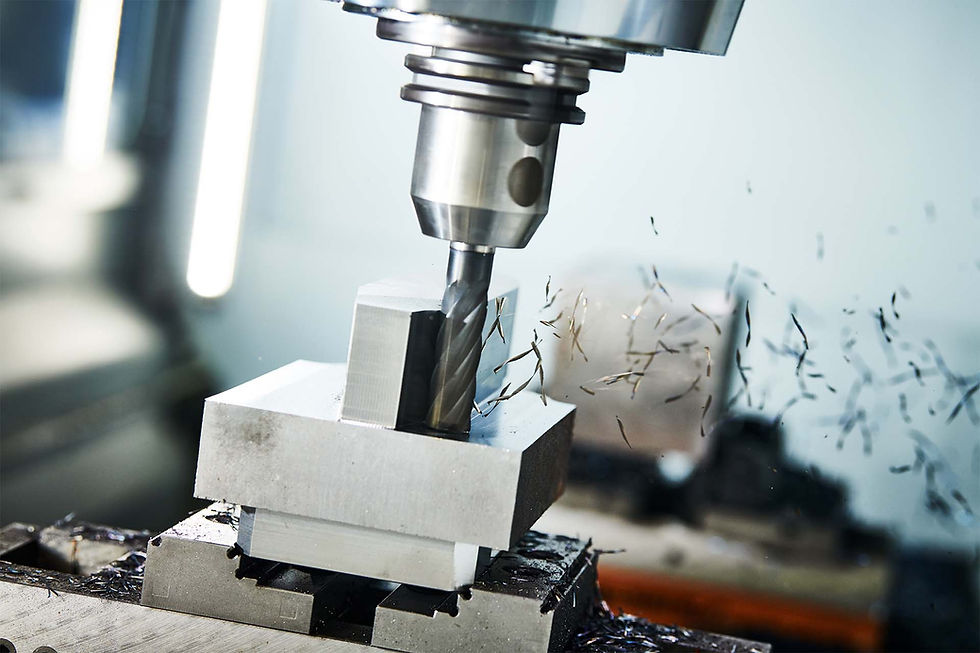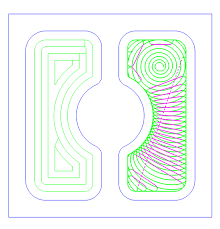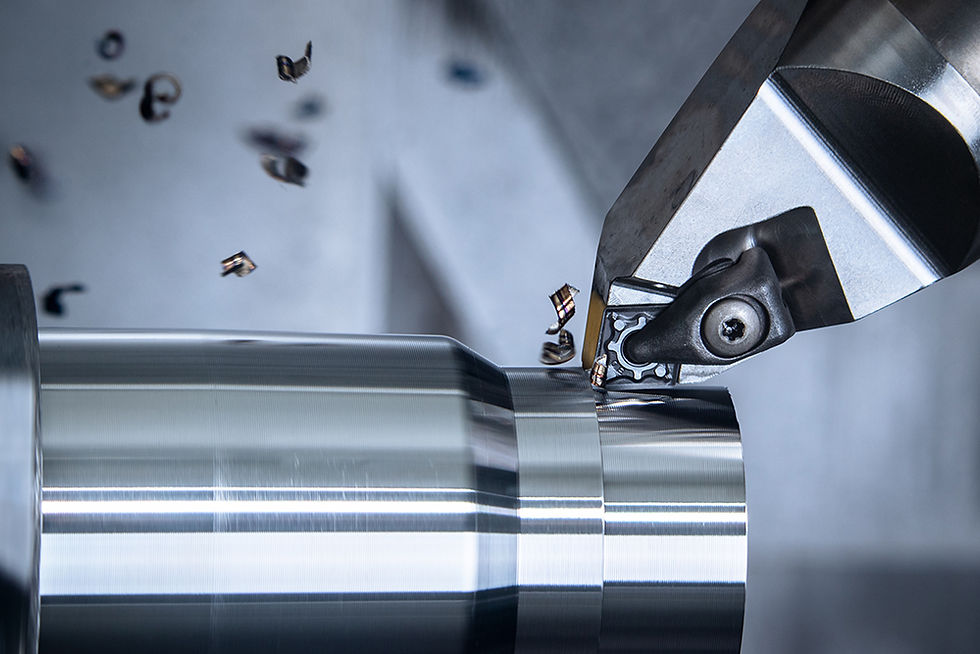Outline:
I. Introduction
A. The importance of optimizing tool life in CNC machining
B. Overview of tips and strategies
II. Selecting the Right Cutting Tool Materials and Coatings
A. Material selection
B. Coating options

III. Optimizing Cutting Parameters
A. Spindle speed
B. Feed rate C. Depth of cut


IV. Utilizing Proper Toolpath Strategies
A. Adaptive machining
B. Trochoidal milling
C. Peck drilling
V. Managing Coolant and Chip Control
A. Coolant selection and delivery
B. Chip evacuation methods

VI. Maintaining Tools and Equipment
A. Tool maintenance and inspection
B. Workholding and spindle maintenance

VII. Implementing Tool Life Monitoring and Management
A. Tool life monitoring techniques
B. Tool management systems
VIII. Conclusion
A. The benefits of optimizing tool life in CNC machining
B. The role of continuous improvement and innovation
INTRODUCTION
Optimizing tool life in CNC machining is essential for enhancing productivity, reducing costs, and maintaining part quality. In this blog post, we will discuss various tips and strategies to optimize tool life in CNC machining, from selecting the right cutting tool materials and coatings to implementing proper toolpath strategies and coolant management.
SELECTING THE RIGHT CUTTING TOOL MATERIALS AND COATINGS
The choice of cutting tool material and coatings plays a significant role in tool life:

Material selection: Choose tool materials with the appropriate hardness, toughness, and wear resistance for the specific machining application. Common materials include high-speed steel (HSS), carbide, and cubic boron nitride (CBN).
Coating options: Select coatings that can improve tool performance by reducing friction, wear, and heat generation. Common coatings include titanium nitride (TiN), titanium carbonitride (TiCN), and diamond-like carbon (DLC).
OPTIMIZING CUTTING PARAMETERS
Adjusting cutting parameters can significantly impact tool life:
Spindle speed: Select the appropriate spindle speed for the material being machined and the tool being used. Too high or too low spindle speeds can lead to premature tool wear or breakage.
Feed rate: Optimize the feed rate to balance productivity and tool life. A too high feed rate can cause excessive tool wear, while a too low feed rate can reduce productivity.
Depth of cut: Adjust the depth of cut to match the tool's capabilities and the material being machined. A larger depth of cut can improve productivity but may also increase tool wear and load.

UTILIZING PROPER TOOLPATH STRATEGIES
Implementing the right toolpath strategies can extend tool life and improve machining efficiency:
Adaptive machining: Utilize adaptive machining techniques that maintain a constant tool engagement, reducing tool load and wear.
Trochoidal milling: Employ trochoidal milling strategies, which use a circular motion to reduce tool engagement and heat generation, ultimately prolonging tool life.
Peck drilling: For deep hole drilling, use peck drilling techniques to break chips and reduce heat buildup, which can extend the life of the cutting tool.

MANAGING COOLANT AND CHIP CONTROL
Effective coolant management and chip control can contribute to longer tool life:
Coolant selection and delivery: Choose the right coolant for the material being machined and ensure proper delivery to the cutting zone. This can help reduce heat generation, improve surface finish, and extend tool life.
Chip evacuation methods: Implement efficient chip evacuation methods, such as air blasts or high-pressure coolant, to prevent chip buildup that can lead to tool breakage and reduced tool life.

MAINTAINING TOOLS AND EQUIPMENT
Regular maintenance of tools and equipment is crucial for optimal tool life:

Tool maintenance and inspection: Regularly inspect and maintain cutting tools to detect signs of wear or damage. Replace worn or damaged tools promptly to prevent tool failure and compromised part quality.
Workholding and spindle maintenance: Keep workholding devices and spindle components in good condition to minimize vibrations and ensure accurate tool positioning, which can contribute to extended tool life.
IMPLEMENTING TOOL LIFE MONITORING AND MANAGEMENT
Adopt tool life monitoring and management practices to optimize tool performance:
Tool life monitoring techniques: Use monitoring techniques, such as sensors and software, to track tool wear and predict tool life, allowing for timely tool replacement and reduced downtime.
Tool management systems: Implement tool management systems to track tool inventory, usage, and performance, helping to identify areas for improvement and ensure optimal tool utilization.
CONCLUSION
Optimizing tool life in CNC machining is essential for achieving maximum productivity, cost efficiency, and part quality. By implementing the tips and strategies discussed in this blog post, you can extend tool life, reduce waste, and continually improve your machining processes. As the CNC machining industry evolves, staying up to date with the latest techniques and technologies can help you maintain a competitive edge and ensure the long-term success of your operations.
Comentarios